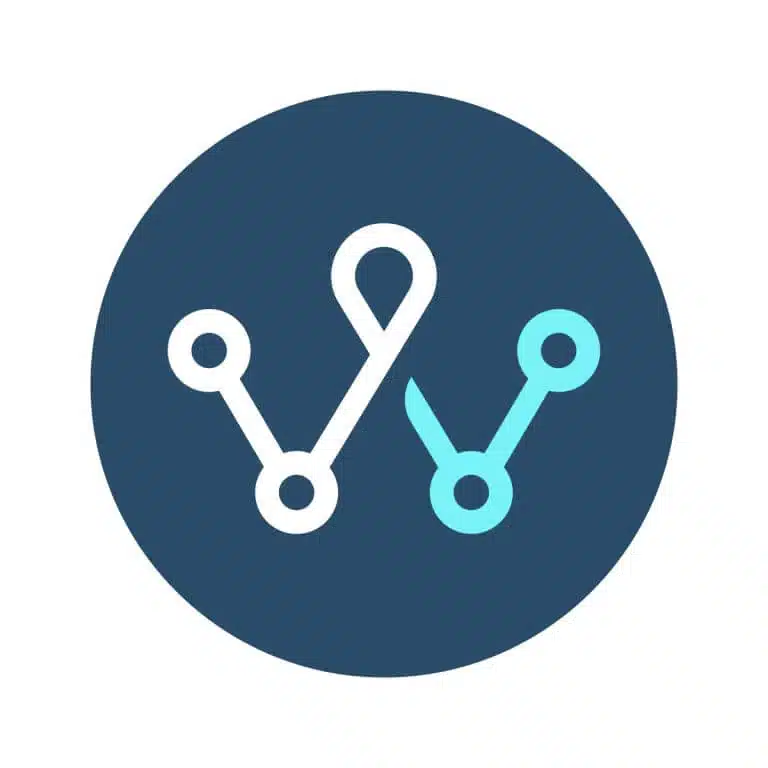Customer relationship management (CRM) is easily the most essential business activity—but this isn’t anything new. For as long as people and businesses have transacted, strong relationships have been the secret to success.
Today, the business landscape is more crowded, complex, and competitive than it’s ever been, and there is so much more at stake. Without software tools to help you manage your business relationships and everything that entails, growth is impossible.
CRM software is essential, as it gives you the tools you need to grow, connecting your company, its customers, your suppliers, and partners into one easy-to-manage platform that delivers tremendous value through every business process.
Common CRM Functions
CRM software has evolved considerably over the years. From the address book to the Rolodex, computerized databases, and the first CRM systems introduced in the 1990s, each new iteration offers new capabilities to stay connected to the people and processes that drive business growth.
Today’s CRM is a holistic tool that encompasses multiple methods of communication, marketing, sales, customer service, analytics, process automation, and artificial intelligence (AI) to improve the accuracy and timeliness of everything you do.
Here’s what makes for a great CRM solution:
- Robust Contact Management. Your CRM should do more than just manage a list of numbers and emails. A modern CRM provides visibility into customer relationships, helping you focus on the right things at the right times.
- Multiple Ways to Connect. Along with email and other types of messaging, your CRM should support multiple methods of connecting, like video and audio calls, conferences, SMS, and social media.
- Integrations. Businesses today rely on multiple third-party solutions (SaaS) to help them optimize productivity. Your CRM should offer integrations for critical SaaS, such as accounting software, calendar, scheduling, marketing, content management, and sales optimization software.
- Automation. Automating repetitive processes help your employees focus on higher-value tasks and ensures that critical communications don’t fall through the cracks.
- Easy to Use. To get the most out of any software tool, it needs to be user-friendly and easy to learn. In addition, it should offer a single dashboard to manage all functions, connections, and integrations.
- Cloud-Based. Today’s trend toward remote work requires a cloud-based solution that people can access from anywhere. Cloud platforms also democratize information, helping to align your teams around specific goals and projects.
- Analytics. Your CRM collects data from all of your connected business activities, delivering the insights you need to ensure you are prioritizing the right things. Data is collected in real-time, enabling timely business decisions and giving you remarkable insight into your company’s health.
How WayPath CRM Helps You Grow
In our post-pandemic world, CRM does much more than ever before. Nurturing customers and finding new ways to protect these relationships was a vital concern. CRM helped us maintain meaningful connections with our customers, coworkers, and partners, ensuring that every stakeholder felt valued during these challenging times.
WayPath CRM delivers value on multiple levels, helping organizations to respond quickly to changing customer (and employee) needs. It kept conversations going, helped us deliver on our promises, and made it possible for people to work independently—but together.
And since we know every business is different, we feel it’s important for the solution to fit the need, not the other way around. As an adjunct service, WayPath provides end-to-end CRM design, ensuring you have a finely-tuned, customized solution that fits your needs and your preferences to a tee.
With complete visibility into your organization and all its various processes, you’ll never miss an opportunity to improve, grow, and make life better for everyone in your sphere.




